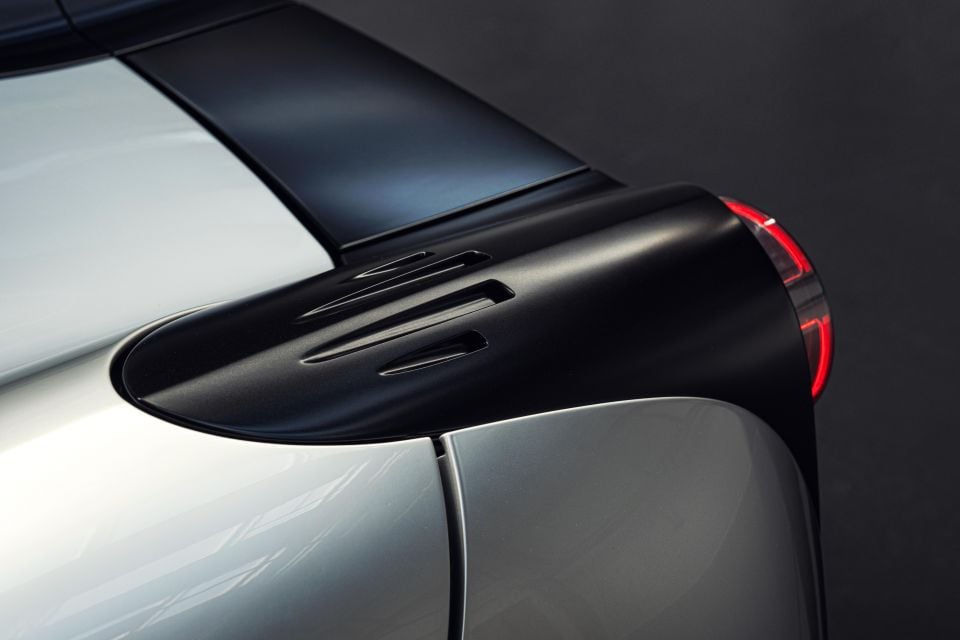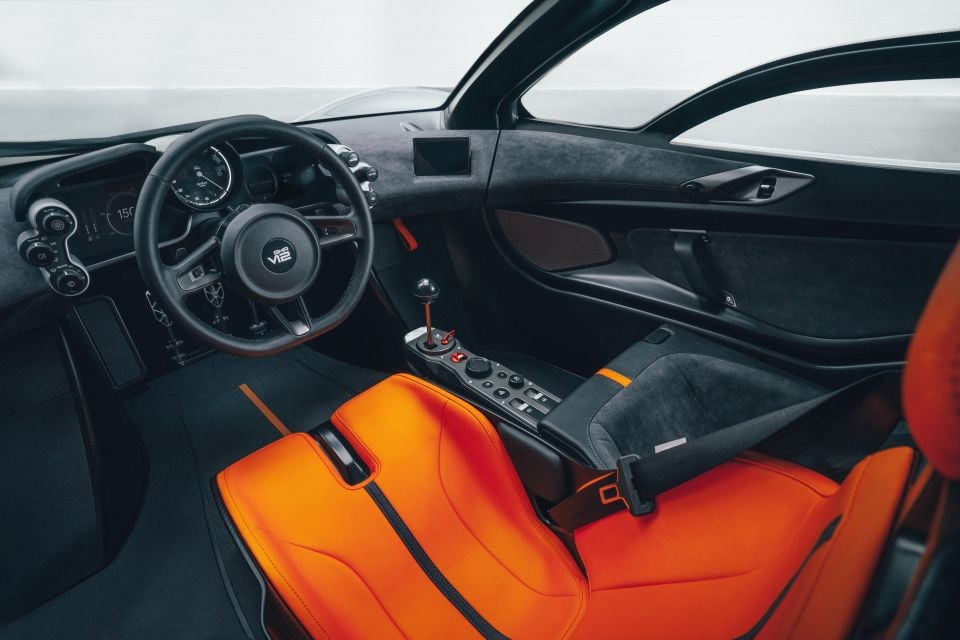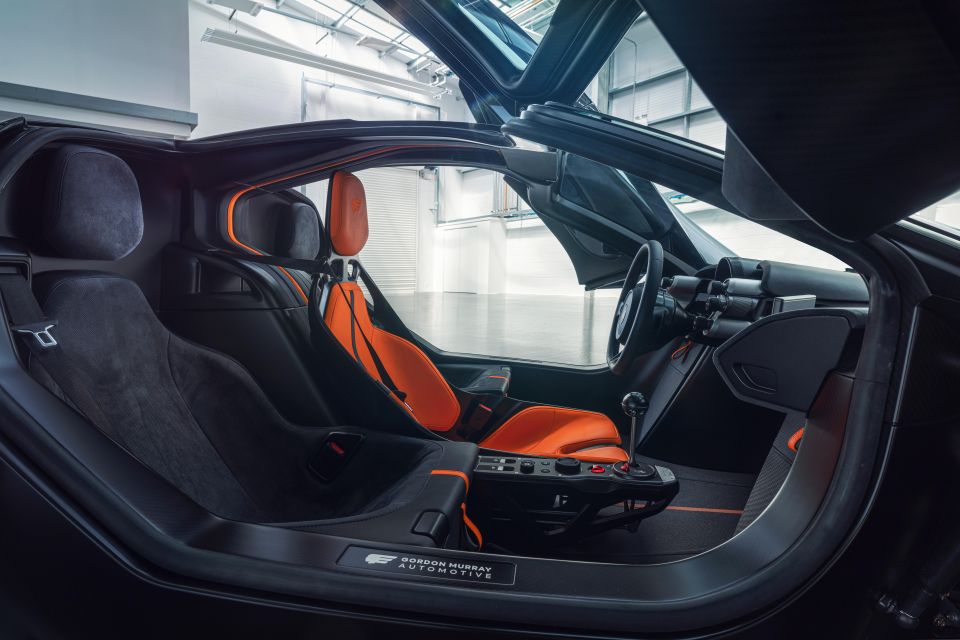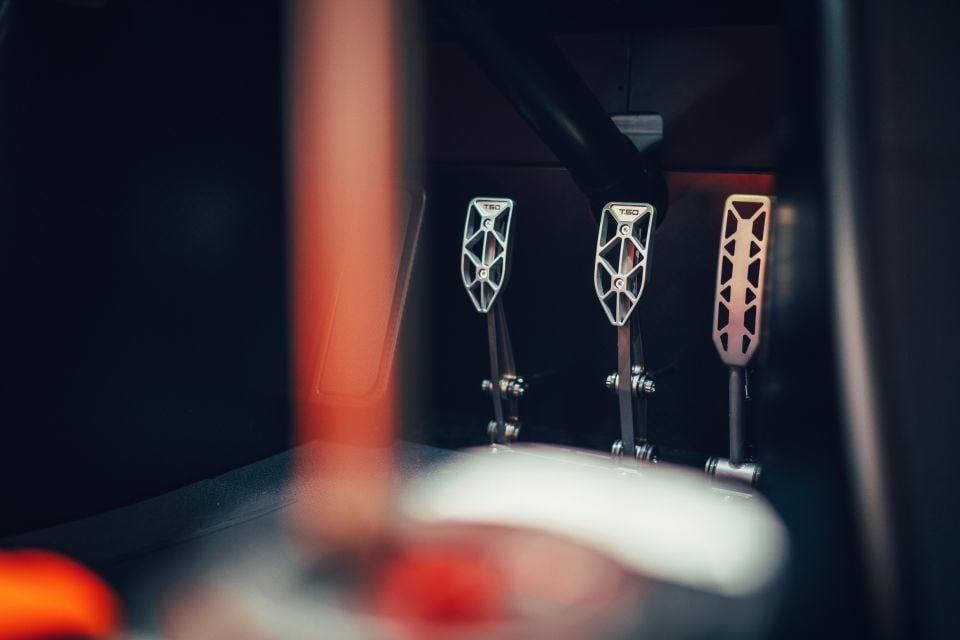

Damion Smy
Ford Ranger-sized EV ute must prove itself in US before global rollout
1 Minute Ago
A lot of carmakers claim they've built something for the 'purists'. The GMA T.50 takes the idea of supercar purity to new levels.

Contributor


Contributor
Gordon Murray has done it again.
The aerodynamic mastermind behind the first ground effect Formula 1 car, the legendary McLaren F1, and the carbon SmartStream chassis concept, has unveiled his latest creation, the T.50 supercar.
The recipe is simple: take the basic formula from the McLaren F1, modernise it, and correct the flaws – yes, there were a few according to its creator – for 2020. The result is stunning, as you can see.

First up, the engine. The 3.9-litre V12 has been developed by Cosworth, and pumps out 488kW of power and 467Nm of torque. That might seem down on what we’ve come to expect from the latest crop of supercars, let alone cars like the McLaren P1 and LaFerrari, but the engine in the T.50 has a trump card.
There’s no hybrid add-ons, nor a turbo or supercharger. Redline is a stratospheric 12,100rpm (the highest of any naturally-aspirated production car), it weighs just 178kg (the lightest of any road-going V12 ever built), and packs 122kW per litre (the best power density of any naturally-aspirated engine).
Although it will rev to the moon, Gordon Murray Automotive says 70 per cent of peak torque is available from 2500rpm.

The free-revving V12 engine isn’t the only link to the McLaren F1. Forget dual-clutch transmissions and paddle shifters, the T.50 puts its power to the rear wheels through a six-speed manual transmission. The first five ratios are packed closely together, sixth is a longer cruising gear.
There is automatic rev-matching, however. Gordon Murray told Harry’s Garage the rate at which the V12 gains and loses revs would make conventional heel-toeing very, very tricky, so there will be some electric assistance on hand.
Although the engine is a masterpiece, the body is arguably just as clever. Murray is known for his grasp on the dark art of aerodynamics, and the T.50 brings some of the concepts he pioneered in Formula 1 to the road, improving on some of the McLaren F1’s foibles in the process.

The body’s lines are cleaner than those of the F1, the rear haunches more sculpted. It’s all functional, of course.
GMA says the T.50 packs the “most advanced and effective aerodynamics ever seen on a road car”.
The 400mm fan dominating the rear of the car increases downforce by 50 per cent in normal driving, and 100 per cent in Braking Mode. It can cut drag by 12.5 per cent in Streamline mode, and contributes 37kW combined with the ram-air induction system. It also shaves 10m from the braking distance from 240km/h.


It’s powered by a 48V electronic system and 8.5kW electric motor. The 48V system carries other benefits – with no need for a conventional alternator, the engine can be cleaner and lighter. And, Gordon Murray says the integrated starter/generator means the air-conditioning in the T.50 will actually work at low speeds, unlike the asthmatic F1.
Working with the fan are active underbody aero elements, and a pair of dynamic rear spoilers.
Despite all the cleverness going on under the skin, the T.50 is remarkably light. It’s light enough that you’d want to lash it to the ground in a strong breeze by supercar standards. Total vehicle weight is just 986kg, dry weight is 957kg.

Composites are key, of course. The monocoque is carbon-fibre, as are the body panels, and GMA lauds the car’s rigidity. Along with handling, a stiffer car makes for a better ride and, heaven forbid, more impressive crash performance.
Inside, the T.50 borrows its three-seat layout from the McLaren F1 and, more recently, the McLaren Speedtail. The driver sits dead centre, flanked by two passengers in slightly recessed buckets on each side.
Although the layout is identical to that of the F1, there’s significantly more storage space around the cabin – 30L in total – and more usable luggage space in a pair of compartments tucked like saddle bags into the side of the cockpit.

As you’d expect of a limited-run special driven by a detail-oriented engineer, everything has been carefully considered. The switches have been designed so there’s no ugly wobbling or slack, the central analogue rev counter is a pared-back tribute to the one in the McLaren F1, and the exposed gear linkage is a work of art.
There’s no column stalks, although there are paddles behind the wheel for your high beam and horn. Everything is controlled by a pair of pods on each side of the instrument binnacle, or switches on the steering wheel.





None of this engineering comes cheap. Just 100 road-going examples will be built, priced from £2.36 million ($4.3 million) before taxes. A further 25 track-only versions will follow.
Despite the steep price, two thirds of the road-going run has already been sold. We can’t imagine the remaining cars will be available long, so best start counting your pennies.
Scott Collie is an automotive journalist based in Melbourne, Australia. Scott studied journalism at RMIT University and, after a lifelong obsession with everything automotive, started covering the car industry shortly afterwards. He has a passion for travel, and is an avid Melbourne Demons supporter.


Damion Smy
1 Minute Ago


Damion Smy
2 Hours Ago


Damion Smy
3 Hours Ago


William Stopford
4 Hours Ago


Matt Campbell
12 Hours Ago


Max Davies
1 Day Ago